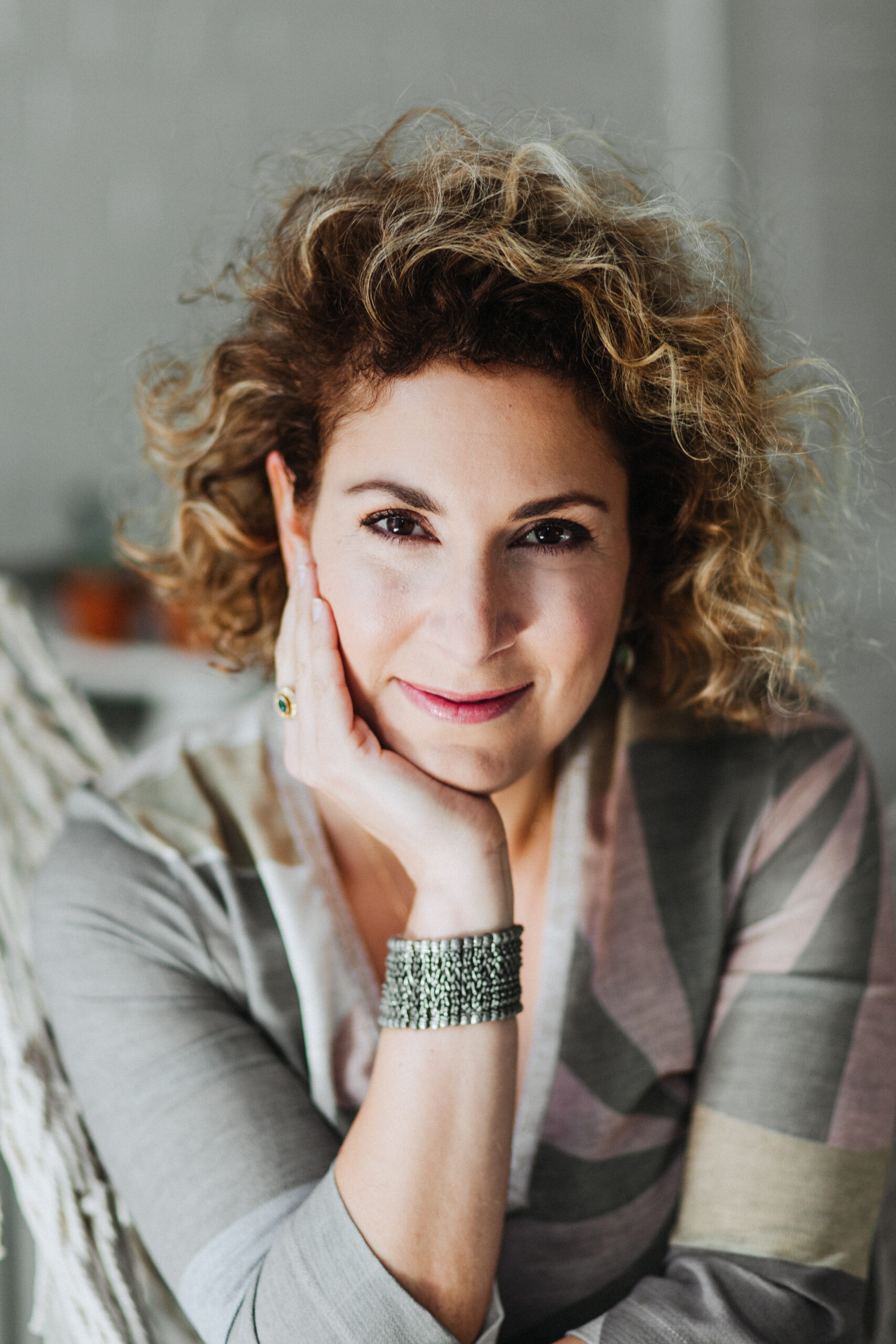Special for the Armenian Weekly
Nothing makes genocide more real than looking into the eyes of someone who has survived the unthinkable. I am always at a loss for words when I meet genocide survivors. What can I possibly say to them given what they have gone through?

April 7 marked the 20th anniversary of the Rwandan Genocide. A commemorative event took place in Montreal’s City Hall in the presence of the city’s mayor, numerous municipal politicians, Rwandan community organizers, and members of the Canadian-Rwandan community.
I delivered a short speech on behalf of the Armenian Genocide Centennial Committee to emphasize our solidarity with the Rwandan community and our will to work together to combat denial. Besides highlighting some of the chilling parallels between these two genocides, the speech’s aim was also to officially launch the Alliance for Genocide Awareness and Remembrance, an initiative that brings together the Ukrainian, Jewish, Rwandan, Cambodian, and Armenian communities.
The room was filled with men and women who had escaped Rwanda and survived against all odds to start life again in Canada with wounds still healing.
One young woman described her harrowing journey that led her to flee Rwanda. Her entire family was murdered. She found herself to be orphaned, but only to establish a new family with other orphaned Rwandans and eventually start a family of her own. “Better to live twice than to die twice” is how she described her plight.
As this young woman shared her agonizing story, I couldn’t help but think of Armenian survivors 20 years after the genocide. Where were they in their life trajectories? I thought of the difficulty, reluctance, pain, and perhaps even impossibility of sharing such heavy trauma during their youth. I am accustomed to knowing Armenian survivors at their advanced age, but there, for first time, the thought of young survivors took me aback momentarily.
My thoughts returned to the present when, during the commemorative ceremony, the children of the survivors launched purple balloons in the air as a symbol of remembrance and hope.
My exposure to Rwandan Genocide survivors did not stop at City Hall. A few weeks ago, I began volunteering at an immigrant center that facilitates newly arrived immigrants’ social, economic, and cultural integration in Montreal.
I meet newly arrived immigrants and refugees, at times only a few days into Canada, from Syria, Iran, Lebanon, Egypt, Algeria, Ivory Coast, Haiti, even Armenia. They bring new breath to an already multiethnic city.
As a volunteer, I am often assigned tasks by the receptionist, a distinguished middle-aged woman whose golden cross on her chest is eye-catching. She works diligently fielding phone calls and immigrant requests, and always smiles warmly.
The other day, between pulling out immigrant files from a cabinet behind her, I finally asked where she was from originally, a very common question at the center. She answered “Rwanda” with precise pronunciation. Perhaps most conversations would have ended there, but I couldn’t help wanting to know more. As she recounted fragments of her tumultuous life, time may have slowed down a bit. The life events that had marked her journey are unimaginable. Like at City Hall during the Rwandan Genocide event, all was too real, and genocide became living history once more, beyond anything written in books.
During our conversation, she was quick to acknowledge that Armenians had suffered a similar fate in the past. The office setting started to dissipate as we talked, and I was transported to my imagined Kayseri and Kigali (having been to neither of them). Our mere presence together in our respective Armenian and Rwandan diasporas brought these faraway places into existence right then and there.
She told me how her husband is still reeling from the atrocities. She purchased books on the genocide for her husband to read, so that he can talk about those events, but he refuses. She said that she thinks it is important to demystify the events, but for him it remains taboo. I immediately recalled my grandfather and his reluctance to talk about the genocide unless stubbornly probed by one of us.
My Kayseri to Kigali reverie was interrupted when the reception phone rang. Our conversation had come to an open-ended halt.
My volunteer shift also came to an end. I wish I could have offered some sort of comforting closure to our conversation as a descendent, two generations removed from genocide, especially after she immediately opened up to me about her experience of war, genocide, persecution, and escape.
Instead, I was simply mesmerized by the peace she carries, and her religious faith and unassuming inner strength.
I gathered my raincoat and purse, approached this woman I had just met, and told her I wanted to give her a hug.
We were locked in each other’s arms for a few seconds.
Besides the historical importance that genocide survivor accounts possess, we have so much to learn from them about life, resilience, and determination.
We recognized each other’s pain, each other’s stories of loss, spoke of families being destroyed and how surviving members are dispersed around the world. My colleague and I had just built a bridge—continents, histories, and years apart—that we both knew, on an unspoken level, no one could break.



Nicely done. It is important to share all stories of genocide so that the world will be aware and do something to prevent them.
One of the best documentary, in recent years is The Handjian Story, A Road Less Traveled, produced in 2002, won first place in the Moondance Film Festival, in Denver. Should be seen schools to expose the horrors of Genocide and how those survivors made the best of their lives and past their memoirs to the children. A must see for all!!
Lalai jan, your ability to tie worlds together is very refreshing. Survival and continuance of life and generations is important to prove the wrong that is/was done. nice article.